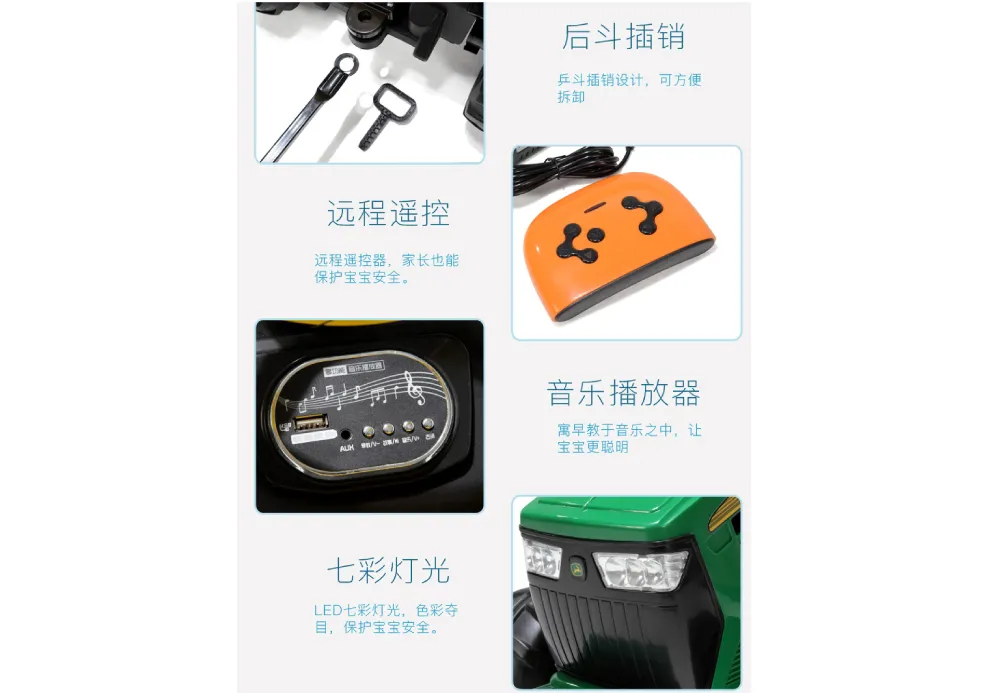
- Afrikaans
- Albanian
- Amharic
- Arabic
- Armenian
- Azerbaijani
- Basque
- Belarusian
- Bengali
- Bosnian
- Bulgarian
- Catalan
- Cebuano
- Corsican
- Croatian
- Czech
- Danish
- Dutch
- English
- Esperanto
- Estonian
- Finnish
- French
- Frisian
- Galician
- Georgian
- German
- Greek
- Gujarati
- Haitian Creole
- hausa
- hawaiian
- Hebrew
- Hindi
- Miao
- Hungarian
- Icelandic
- igbo
- Indonesian
- irish
- Italian
- Japanese
- Javanese
- Kannada
- kazakh
- Khmer
- Rwandese
- Korean
- Kurdish
- Kyrgyz
- Lao
- Latin
- Latvian
- Lithuanian
- Luxembourgish
- Macedonian
- Malgashi
- Malay
- Malayalam
- Maltese
- Maori
- Marathi
- Mongolian
- Myanmar
- Nepali
- Norwegian
- Norwegian
- Occitan
- Pashto
- Persian
- Polish
- Portuguese
- Punjabi
- Romanian
- Russian
- Samoan
- Scottish Gaelic
- Serbian
- Sesotho
- Shona
- Sindhi
- Sinhala
- Slovak
- Slovenian
- Somali
- Spanish
- Sundanese
- Swahili
- Swedish
- Tagalog
- Tajik
- Tamil
- Tatar
- Telugu
- Thai
- Turkish
- Turkmen
- Ukrainian
- Urdu
- Uighur
- Uzbek
- Vietnamese
- Welsh
- Bantu
- Yiddish
- Yoruba
- Zulu
Jan . 28, 2025 05:00 Back to list
Urban Mid-Motor Lithium Electric Commuter Bike
Electric cycles, or e-bikes, have rapidly transformed the landscape of personal transportation. Their popularity is attributed to the blend of eco-friendliness, convenience, and the technological advancements that appeal to both urban commuters and outdoor enthusiasts. Determining a fair price for an electric cycle involves multiple key factors, each contributing to the overall value and usability of the bike.
From a user experience perspective, owning an electric cycle involves more than just the initial purchase price. Prospective buyers should consider the long-term benefits, including reduced transportation costs and environmental impact. Additionally, the convenience of bypassing city traffic and the option for exercise make e-bikes a compelling choice. Choosing the right electric cycle is paramount. An urban commuter might prioritize a lightweight frame and a long-lasting battery, while an off-road cyclist would require a powerful motor and a robust frame. Understanding personal needs and matching them with the available options ensures getting the best value. Navigating the offerings within the electric cycle market requires keen attention to detail and often involves sifting through various specifications and customer reviews. Transparent communication from sellers regarding the performance metrics and potential maintenance necessities enhances the trust potential buyers place in their purchase decision. Ultimately, as the electric cycle market continues to evolve, prices are likely to reflect ongoing innovations in technology and materials. Buyers can anticipate newer models with improved efficiencies and features designed to enhance the cycling experience, paired with competitive pricing strategies aimed to broaden accessibility. Electric cycles represent a growing sector within the transportation market, offering an appealing combination of practicality and environmental stewardship. As consumers navigate their options, understanding the elements that contribute to pricing can guide them towards a purchase that meets both their budget and performance expectations.


From a user experience perspective, owning an electric cycle involves more than just the initial purchase price. Prospective buyers should consider the long-term benefits, including reduced transportation costs and environmental impact. Additionally, the convenience of bypassing city traffic and the option for exercise make e-bikes a compelling choice. Choosing the right electric cycle is paramount. An urban commuter might prioritize a lightweight frame and a long-lasting battery, while an off-road cyclist would require a powerful motor and a robust frame. Understanding personal needs and matching them with the available options ensures getting the best value. Navigating the offerings within the electric cycle market requires keen attention to detail and often involves sifting through various specifications and customer reviews. Transparent communication from sellers regarding the performance metrics and potential maintenance necessities enhances the trust potential buyers place in their purchase decision. Ultimately, as the electric cycle market continues to evolve, prices are likely to reflect ongoing innovations in technology and materials. Buyers can anticipate newer models with improved efficiencies and features designed to enhance the cycling experience, paired with competitive pricing strategies aimed to broaden accessibility. Electric cycles represent a growing sector within the transportation market, offering an appealing combination of practicality and environmental stewardship. As consumers navigate their options, understanding the elements that contribute to pricing can guide them towards a purchase that meets both their budget and performance expectations.
Latest news
-
The Ultimate Kids' Four-Wheeler Experience
NewsJul.09,2025
-
The Ultimate Guide to Mountain Bikes: Gear Up for Your Ride
NewsJul.09,2025
-
The New Age of Cycling: Electric Bikes for Every Rider
NewsJul.09,2025
-
The Best Kids Bicycles: Ride in Style and Safety
NewsJul.09,2025
-
The Best 3-Wheel Scooters for Kids: Fun, Safety, and Adventure
NewsJul.09,2025
-
Revolutionize Your Ride: Affordable Electric Bikes
NewsJul.09,2025
-
Finding the Perfect Mountain Bike for Every Rider
NewsJul.09,2025



